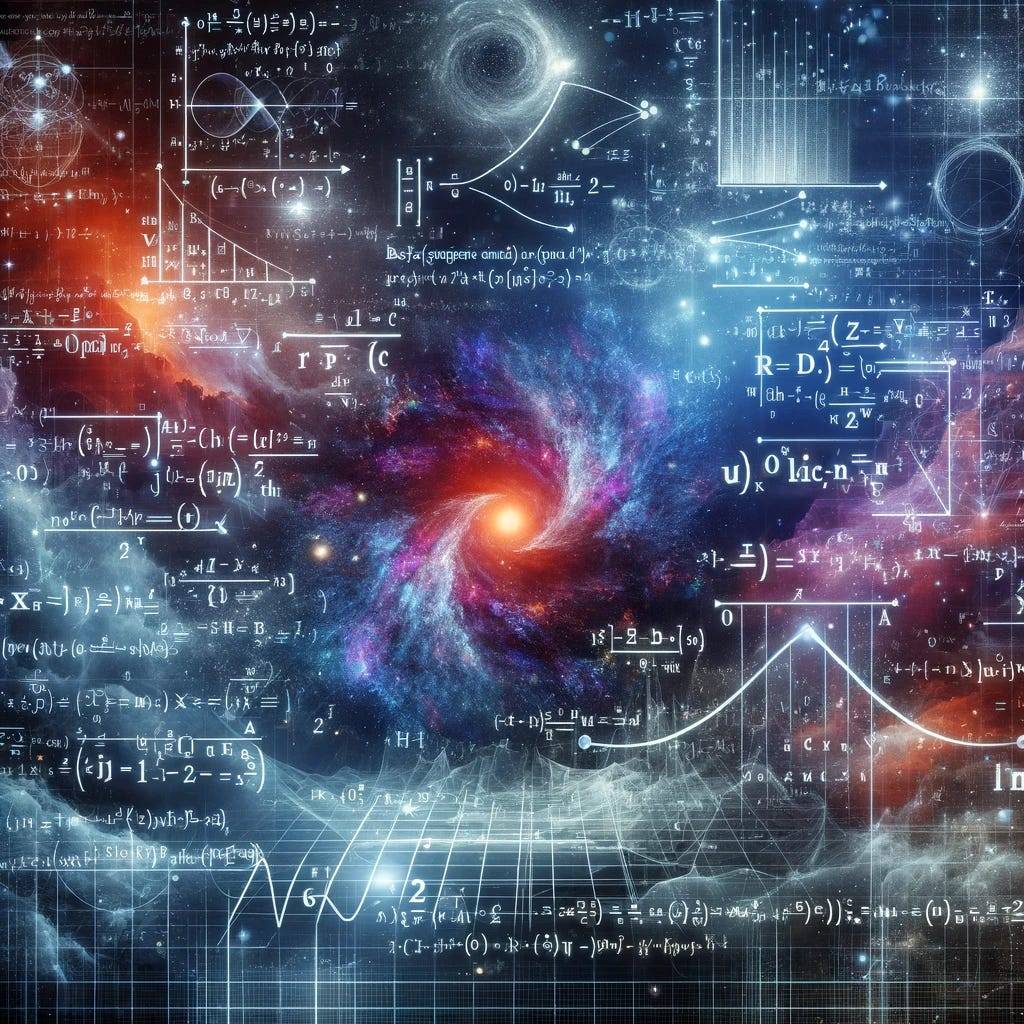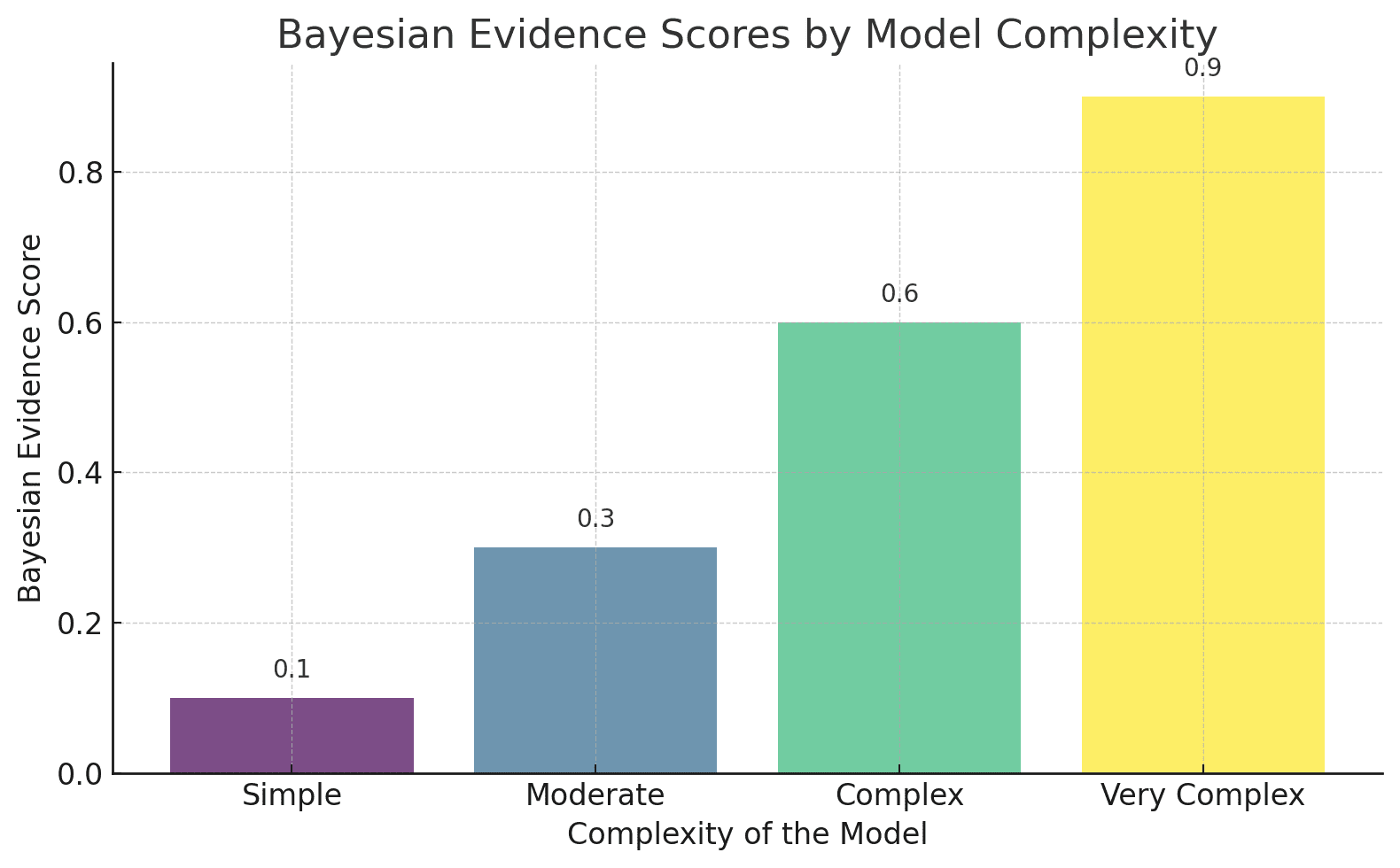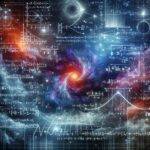
In the vast expanse of the cosmos, the quest to understand our universe’s many mysteries often begins with a humble comparison of models. Bayesian evidence provides a statistical approach for comparing different theories by calculating the probability of observing data under each model. This method integrates over all possible parameter values, weighing them according to their likelihood and prior beliefs. It’s like having a cosmic scale that balances the plausibility of different universe models based on observed data.
The Role of Normalizing Flows in Enhancing Bayesian Evidence
The introduction of normalizing flows marks a significant leap in the flexibility and accuracy of Bayesian evidence estimation. Normalizing flows transform simple, easily understood probability distributions into more complex ones, capturing the nuances of real-world data. This transformation is akin to an artist turning a blank canvas into a detailed painting, where each stroke adds depth and realism. By using these flows, scientists can more accurately represent the complexities of the universe, from the distribution of dark matter to the behavior of distant stars.
Applications to Cosmology and Beyond
The power of Bayesian evidence and normalizing flows extends far beyond theoretical exercises; it has practical implications in cosmology and other fields. For example, understanding the nature of dark energy, which accelerates the expansion of the universe, relies heavily on comparing different models using Bayesian evidence. This technique is also applicable in fields like genetics, where it helps to compare models of disease inheritance, and in machine learning, where it can be used to choose between different predictive algorithms.
Here’s a graph that shows how the Bayesian evidence score changes with the complexity of different models:

Future Prospects and Challenges
The journey of improving and applying Bayesian evidence with normalizing flows is just beginning. Future advancements may lead to even more robust and scalable methods, potentially unveiling new insights about the universe or improving technologies here on Earth. However, challenges remain, such as computational demands and the need for accurate data, which are crucial for these sophisticated models to be effective.
Educational and Inspirational Impact
Understanding and utilizing Bayesian evidence and normalizing flows can be incredibly inspiring for scientists and students. It teaches them about the importance of evidence in science, shows them the power of mathematics in solving real-world problems, and encourages them to think critically about the information they encounter. This knowledge empowers the next generation of scientists to question, explore, and innovate as they contribute to our understanding of the universe and beyond.
Unseen Complexity in Simplicity
Bayesian evidence can seem deceptively simple — it’s fundamentally about adding up probabilities. However, this simplicity masks a complex process that involves vast computations, especially when the models become intricate. It’s like discovering a hidden galaxy within a familiar star cluster.
Transformative Power of Normalizing Flows
Normalizing flows can transform basic statistical forms into highly complex distributions capable of capturing intricate patterns in data. This is crucial for accurately representing phenomena in cosmology, where the underlying realities are often far from simple.
Broad Applicability Across Disciplines
Bayesian evidence isn’t just for astrophysicists. It’s used in epidemiology to track disease spread, in finance to evaluate market models, and in artificial intelligence to assess different algorithms. This wide applicability highlights its fundamental role in scientific inquiry.
Driving Advances in Machine Learning
Normalizing flows are not only pivotal in statistical physics but also drive advancements in machine learning. They enable models to learn complex distributions, enhancing machine learning applications from natural language processing to image recognition.
Enhancement of Telescope Data
By applying Bayesian evidence and normalizing flows, astronomers can extract more precise information from telescope data, enhancing our understanding of the universe’s structure and history. This could lead to breakthroughs in identifying the nature of dark matter and energy.
A New Era in Scientific Exploration
As we gaze into the universe with tools like Bayesian evidence and normalizing flows, we are not just observing; we are actively interpreting and understanding the cosmos in new and profound ways. These techniques are more than just mathematical constructs; they are beacons of hope, guiding us toward deeper insights into the universe. For young minds looking at the stars, dreaming of distant galaxies, and pondering over equations, these tools offer a promise that with curiosity and education, they can unravel some of the most perplexing mysteries of science. This is a hopeful reminder that knowledge is expansive, and the journey of discovery is as limitless as the universe itself.
About Disruptive Concepts
https://www.disruptive-concepts.com/
Welcome to @Disruptive Concepts — your crystal ball into the future of technology. 🚀 Subscribe for new insight videos every Saturday!







